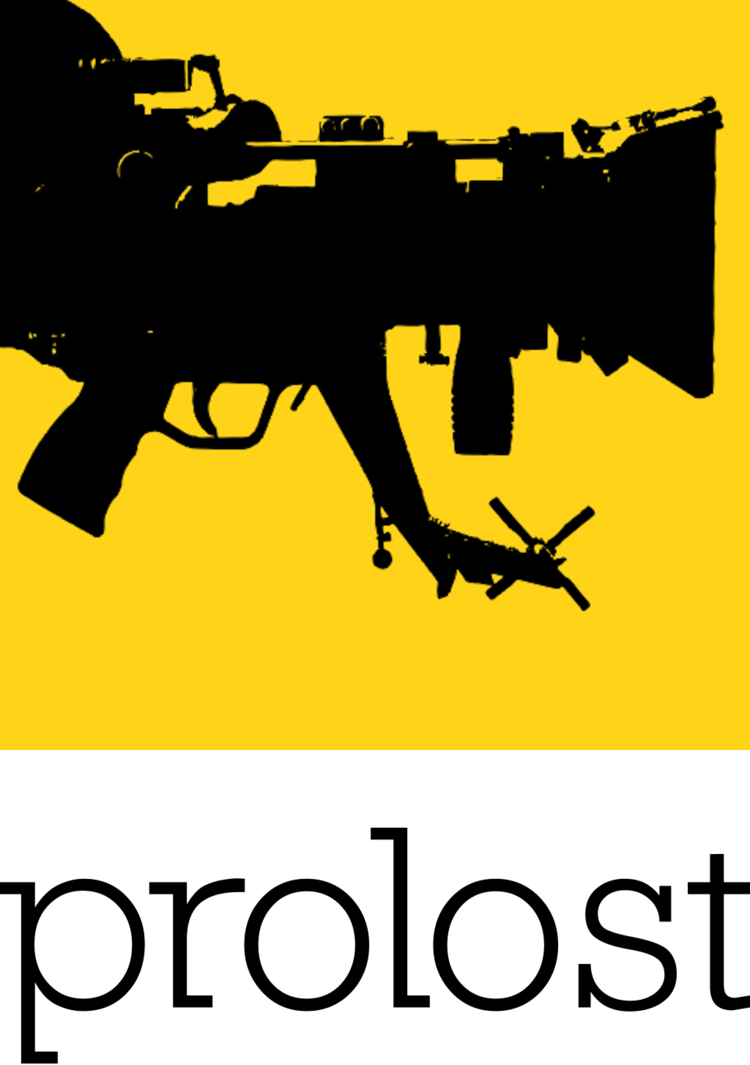OK, this is a bit nit-picky and silly, but anything other than more Spirit articles, right?
Almost all the photography blogs I read have taken note that the official Obama presidential portrait was created using a Canon 5D Mark II. That's certainly of some interest, but what bugs me is how many of the blogs used wording that seemed to ascribe to the camera the actual authorship of the photo:
photographyblog.com: Canon 5D Mk II Shoots Obama Portrait
canonrumors.com: Barack Obama Official Portrait by Canon
digitalcamerainfo.com: Canon 5D Mark II Snaps First Digital Presidential Portrait
Call me pedantic, but the 5D did not shoot the portrait, and it is not a portrait "by Canon." White House photographer Peter Souza made the portrait, using a Canon 5D Mark II.
Hardly the most important thing to harp on today, but language that assigns creative authorship to technology rather than people is a personal pet peeve. After having never missed an issue, I unsubscribed from Wired magazine the day I read an article about visual effects that stated "the computer removes the blue."
